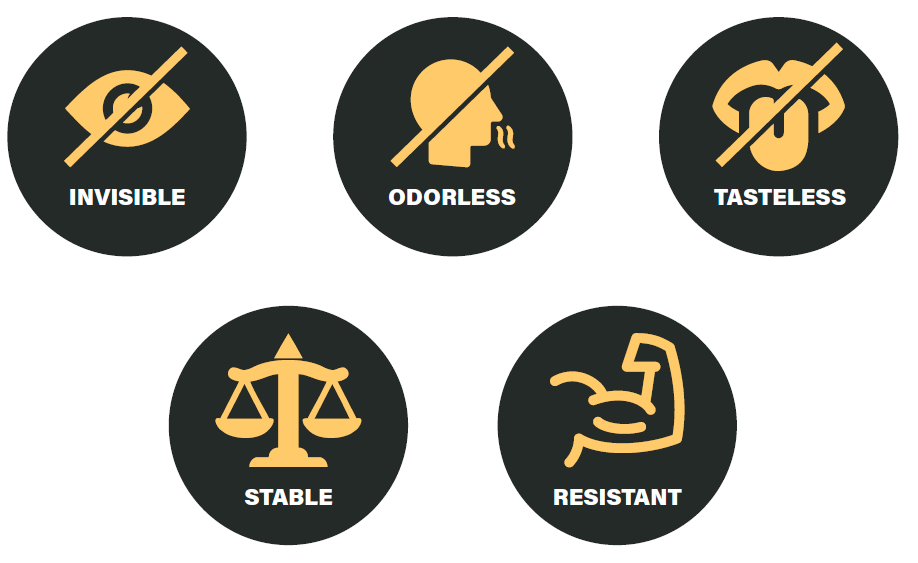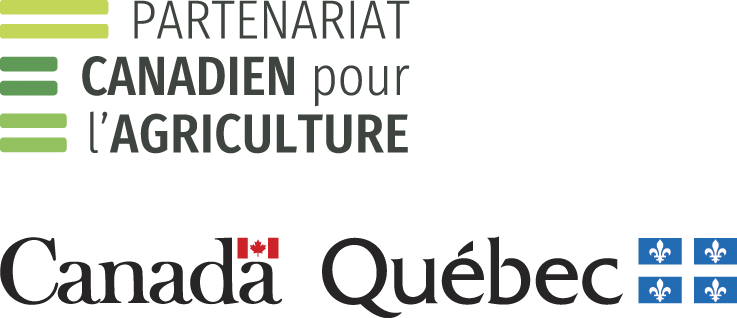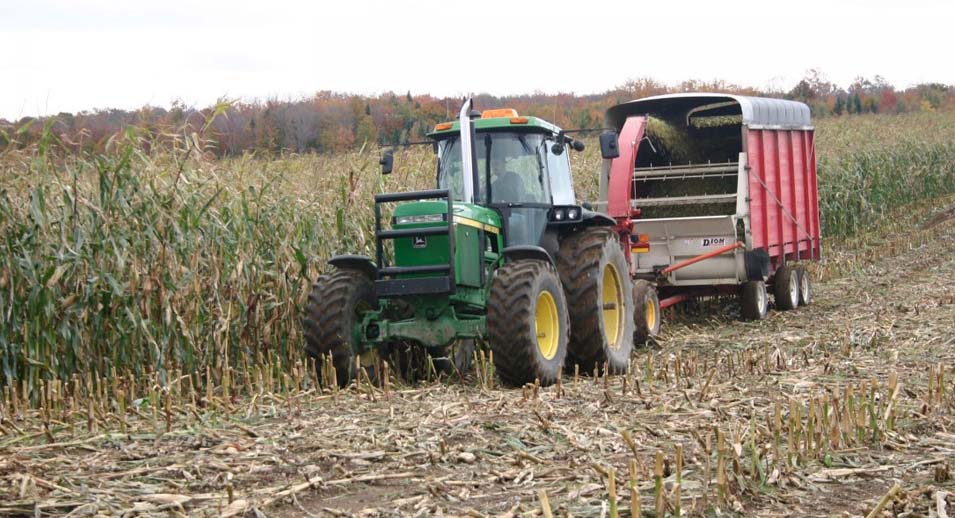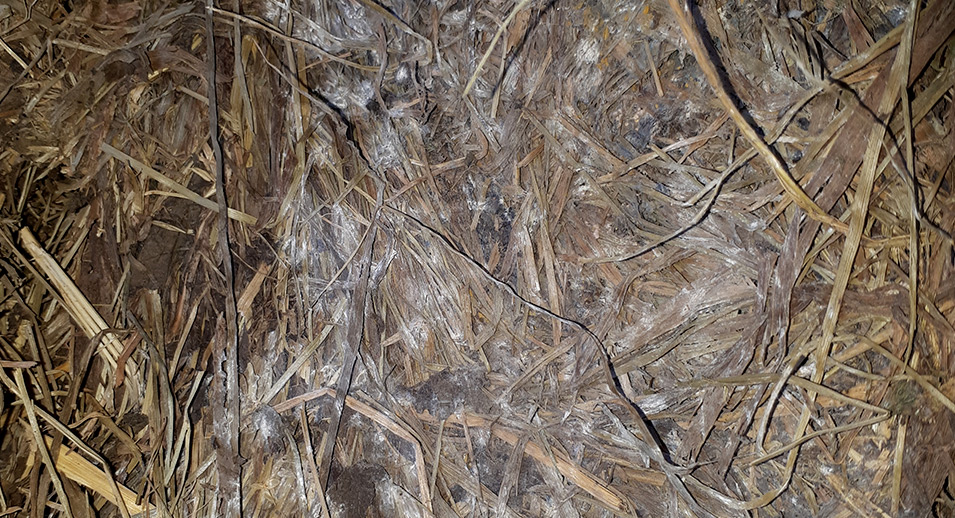Mycotoxins 101
What is a mycotoxin?
The word speaks for itself: a mycotoxin is a toxic chemical substance synthesized by a microscopic fungus, particularly molds (Figure 1).
Figure 1.

Why do molds develop toxins?
The production of toxins by molds seems to be a defense mechanism to ensure their growth, amid changes in their environment. Mycotoxins are therefore products that are called secondary metabolites, meaning that they are only produced under certain conditions and are not essential to the basic functions of the mold itself.
What does a mycotoxins look like?
Mycotoxins are chemical micromolecules that can’t be seen and that have no odor nor taste (Figure 2). They cannot be observed with a microscope or with the naked eye, as is possible for living organisms, for example. They can be distinguished from each other by their chemical structure at the molecular level (Figure 4).
Mycotoxins are hardy substances; they resist chemical treatments, survive high temperatures and persist even through food processing and storage (Figure 2). It is therefore preferable to take preventive action to minimize their presence.
Unlike mycotoxins, which are invisible, the molds that produce them are easily identified with the naked eye, and sometimes even by smell. However, observing the presence of molds does not necessarily mean that the food contains mycotoxins. And conversely, the apparent absence of mold does not automatically preclude the presence of mycotoxins in the food.
Thus, the only reliable way to determine if a food is contaminated by mycotoxins is to submit a representative sample to laboratory testing.
Figure 2.


This project is funded through the Innov’Action agri-food program under the Canadian Agricultural Partnership, as part of an agreement between the governments of Canada and Quebec.










